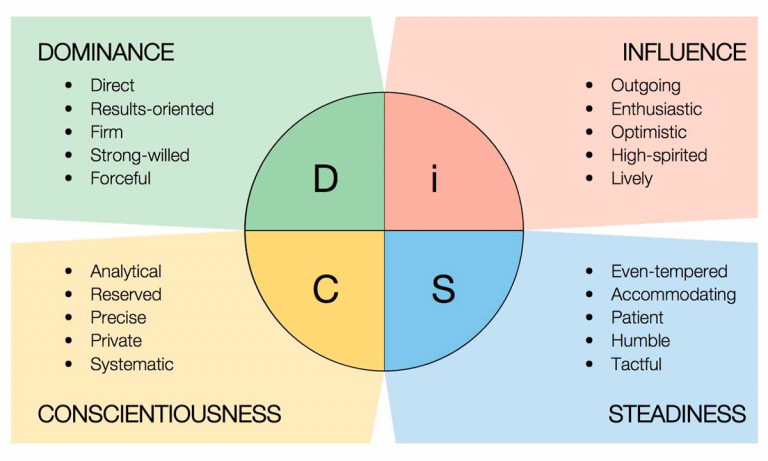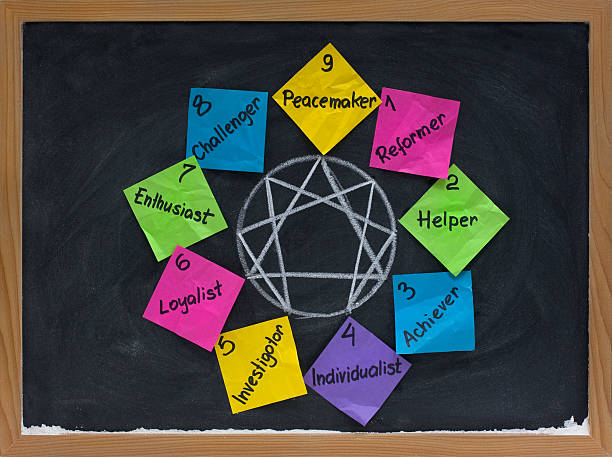Whether you’ve been managing a team for years or recently started your journey into the management field, you know that leadership is far from easy. It takes hard-practiced skills and plenty of patience to guide a variety of personalities towards a greater goal. However, understanding your employees doesn’t have to be a magic trick. Here are four proven ways that you can learn about what makes your employees tick and how to meet them on their own turf.
Myers-Briggs Type Indicator
The Myers-Briggs Type Indicator (MBTI) was based off of Carl Jung’s theory of personality, which explains that people use four cognitive tools as they navigate the world: sensation, intuition, feeling, and thinking. Through an MBTI test, a person learns whether they rely more on extroversion or introversion, sensing or intuition, feeling or thinking, and perceiving or judging. They can learn how and why they make decisions, and as a leader you can learn how to best communicate with different personality types.
Enneagram
The enneagram test improves understanding of employees by focusing on both a core motivation and a core fear. For example, a type 1 has the core motivation of being good/right. This motivation goes hand in hand with the type 1’s core fear: being flawed/defective. By knowing what employees desire and fear, you can help them to accomplish their desires and avoid their fears. Leaders can also group employees with similar motivations together to work towards a larger goal.
DiSC

The DiSC personality chart is designed to measure dominance, influence, steadiness, and conscientiousness. Originally proposed by William Moulton Marston in 1928, DiSC has a long history of guiding businesses towards internal communication and conflict resolution. DiSC can also develop stronger sales skills by providing a bridge to connect with customers on a human level.
Hogwarts Houses
Yes, THAT Hogwarts. While it may seem silly to use a fantasy system in your very real business, don’t write it off just yet. Harry Potter is a shared cultural artifact of the Gen Z and Millennial age groups and chances are that if you ask younger team members what Hogwarts house they identify with, they will have an answer. By opening up the conversation, you will be able to connect with team members on a personal level and understand what they value most: creativity, boldness, loyalty, or ambition.
The most important part of running a business is human connection. Like all people, no two employees are exactly alike; each brings a unique viewpoint and skillset to the table that contributes towards the overall mission. No matter what means you use, the attempt to understand who your employees are, how they work, and the ways they navigate the world will make your company stronger than ever.

